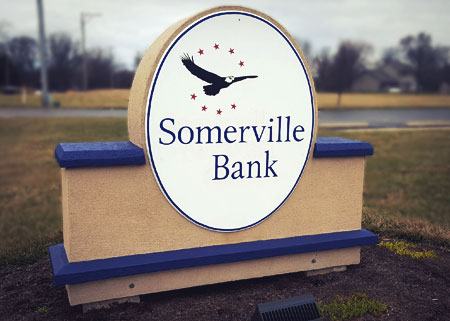Thank you for rejoining us this week as we conclude our series, “Financial Preparedness: An Essential Component to Successfully Handling Disasters and Emergencies”.
Last week, you learned that financial preparedness is a critical component to successfully maneuvering through the disasters and emergencies that are bound to occur within your life. Not only should you have the money to get through unforeseen circumstances, but, it is essential to ensure that all of your critical paperwork is in place. This way, once the disaster and/or emergency has passed, you may immediately initiate the recovery process.
You learned about the four types of critical documents and examples of each. This week, you will learn about safeguarding your information and creating an emergency fund.
Safeguarding Your Information
Once you have gathered all of your critical documents, you should place those in a safe deposit box at your bank, or in a safe in your home that is both waterproof and fireproof. You may also place copies of the paperwork on external hard drives, flash drives, and similar electronic-based storage devices. The following will allow you to ensure that all of the vital information that you have stored is safeguarded:
- If placed on electronic devices, secure the document copies with an extremely difficult password. If at all possible, you may want to use fingerprint security as a means of accessing the information.
- If you lose important documents, credit cards, or checks during a disaster and/or emergency, it is imperative that you immediately report this to the financial institution and/or agency in which they were issued.
- You should check all of your financial statements on a regular basis to ensure that there are no unusual transactions listed. If you discover unusual activity, you should immediately contact the holder/issuer of the account.
- You should make certain that your homeowner’s insurance allows you liability coverage for certain types of sensitive information that is lost – such as a credit card. Your insurance should also cover losses incurred by natural disasters, acts of God, and/or theft.
- You should monitor your credit reports periodically to ensure that there has been no unauthorized access to the accounts that you have and that you have not become a victim of identity theft.
Emergency Funds
Once you have secured all of your critical documents, you should focus on establishing an emergency fund that is composed of two parts – short-term monies and long-term monies. The short-term fund should include at least three months’ worth of living expenses. The long-term emergency fund should include enough money to cover your total expenses and necessities for a period of at least six months.
If you take the steps that are contained in this guide – in addition to setting up emergency funds – you will quickly find that you are able to successfully handle any type of disaster or emergency that comes your way.

 Somerville Bank has 8 Locations
Somerville Bank has 8 Locations